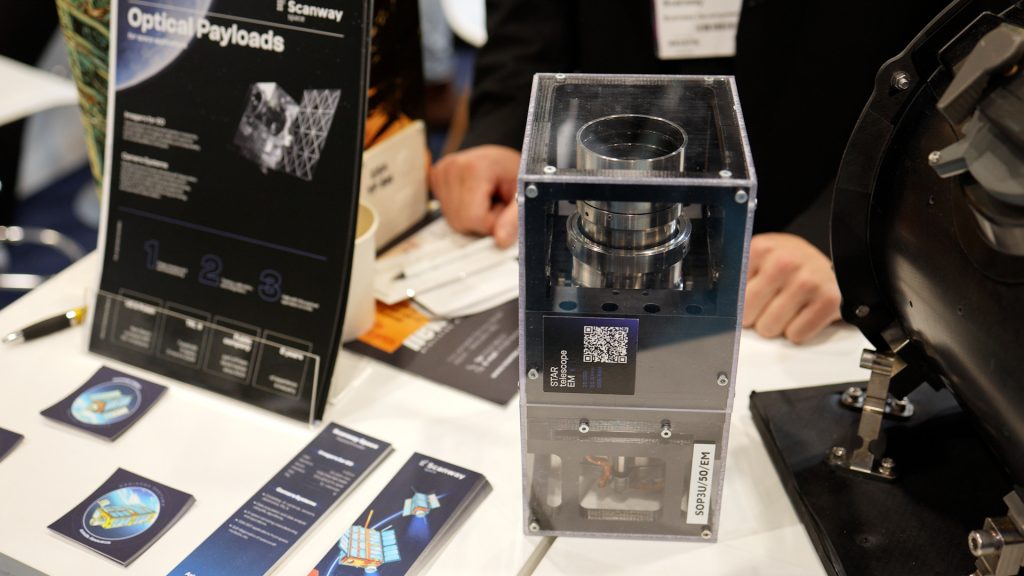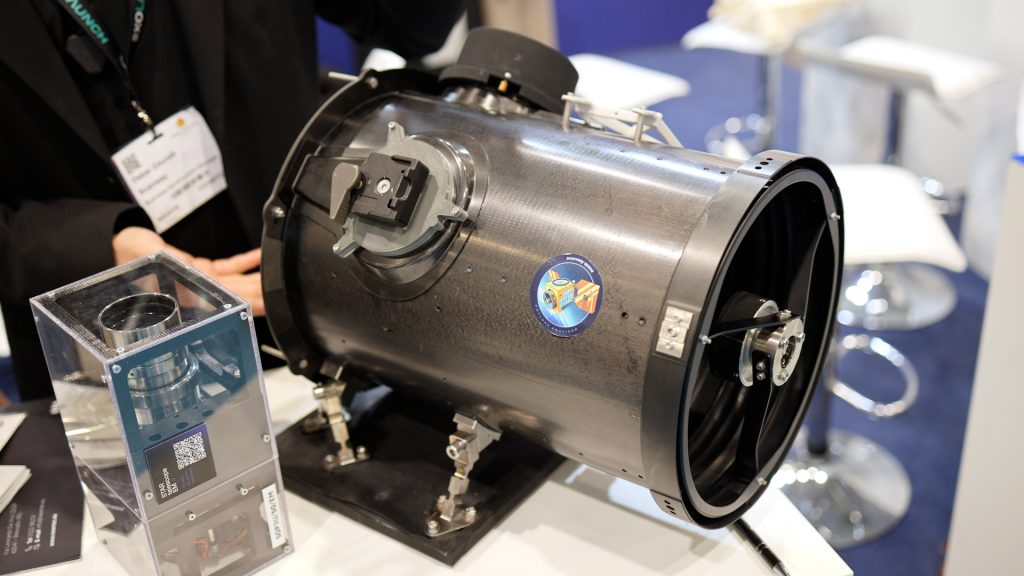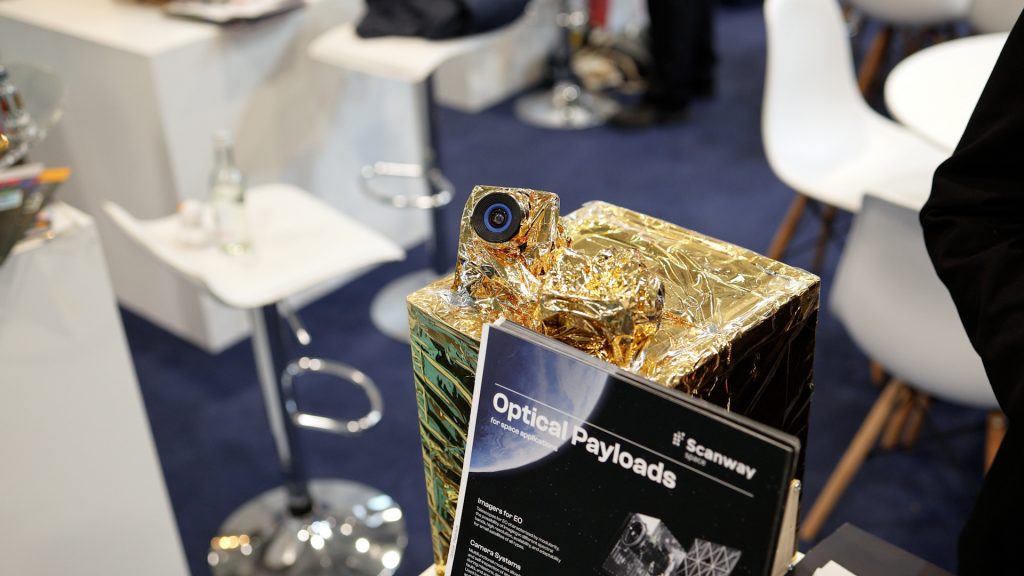Optical Innovations in Orbit – Insights from Scanway and a Look Ahead to Space Tech Expo Europe 2025
Optical Systems for the Next Generation of Space Missions
When the European space industry gathers in Bremen this November for Space Tech Expo Europe 2025, one topic remains central: innovation in satellite technology. For MSA Components, the event is once again an opportunity to engage with technology leaders and explore the developments shaping the future of space electronics and payload systems.
Last year, MSA met with Oskar Zdunek, Business Development Manager at Scanway, to discuss the growing role of optical payloads in modern satellite missions. The conversation provided valuable insight into how imaging technologies are being used for Earth observation, in-orbit inspection, and mission safety.
Scanway – Optical Payloads Made in Europe
Scanway, based in Poland, develops optical payloads and imaging systems for a wide range of space missions. Their instruments are designed for different satellite platforms – from compact CubeSats and 3U or 6U systems to larger microsatellites and beyond.
“We provide optical payloads for many types of missions – from Earth observation to space situational awareness,” explained Zdunek. “Our systems can be used on small CubeSats, but also on larger spacecraft, depending on mission requirements.”
This flexibility reflects a broader trend in the industry: optical payloads are no longer limited to large, institutional programs. With miniaturized components and improved resolution, optical systems are becoming accessible to commercial missions, providing critical visual data from orbit.



Seeing Beyond Earth: The Role of Optics in Space
Optical systems have become essential tools in today’s space environment. They enable visual confirmation of critical mission events such as payload deployment and system operation, while also supporting space situational awareness and Earth observation.
One example Zdunek highlighted was Scanway’s participation in the Ariane 6 maiden flight, where one of the company’s camera systems visually monitored the separation of the fairing and the deployment of satellites. Such optical verification capabilities ensure greater mission reliability and allow operators to detect potential anomalies in real time.
At the same time, optical instruments are key enablers for scientific and operational missions focused on Earth monitoring and deep-space observation. By combining precision optics with onboard data processing, new systems can capture, interpret, and transmit visual information faster than ever before.
The Growing Market for Optical Technologies
The demand for compact, high-performance imaging systems continues to rise. The New Space movement, with its emphasis on smaller, more cost-effective missions, has created new opportunities for companies like Scanway. Modular designs, flexible interfaces, and scalable architectures are essential features for payload developers today.
For MSA Components, these trends illustrate the rapid pace of innovation within the supply chain. The collaboration and exchange between optical system developers, electronic component providers, and integrators are vital to maintaining reliability and performance standards in orbit.
Space Tech Expo Europe 2025 – Where Innovation Meets Collaboration
As the countdown to Space Tech Expo Europe 2025 begins, the anticipation in the industry is tangible. The event once again brings together engineers, decision-makers, and technology partners from across Europe to discuss emerging trends in electronics, sensor integration, and space system design.
MSA Components will be among the exhibitors, engaging with partners and specialists to explore new perspectives and technological insights shaping the future of space hardware. For MSA, maintaining close contact with innovators like Scanway is key to understanding the challenges and opportunities that define the fast-evolving landscape of the European space sector.
“Wherever there is a need for vision in space, our payloads can make a difference,” Zdunek concluded.

Visit us at the Space Tech Expo Europe 2025
As in previous years, we at MSA Components will be exhibiting at Space Tech Europe. We look forward to engaging with our customers and partners to discuss upcoming missions, qualification needs and custom solutions for next-generation spacecraft and the space industry. Please visit our stand to meet us in person and discuss your projects and challenges, and find out how MSA Components can support you with the latest technological innovations on the market.
You will find us at booth number F11.
Of course, you are welcome to schedule an appointment with us beforehand.

